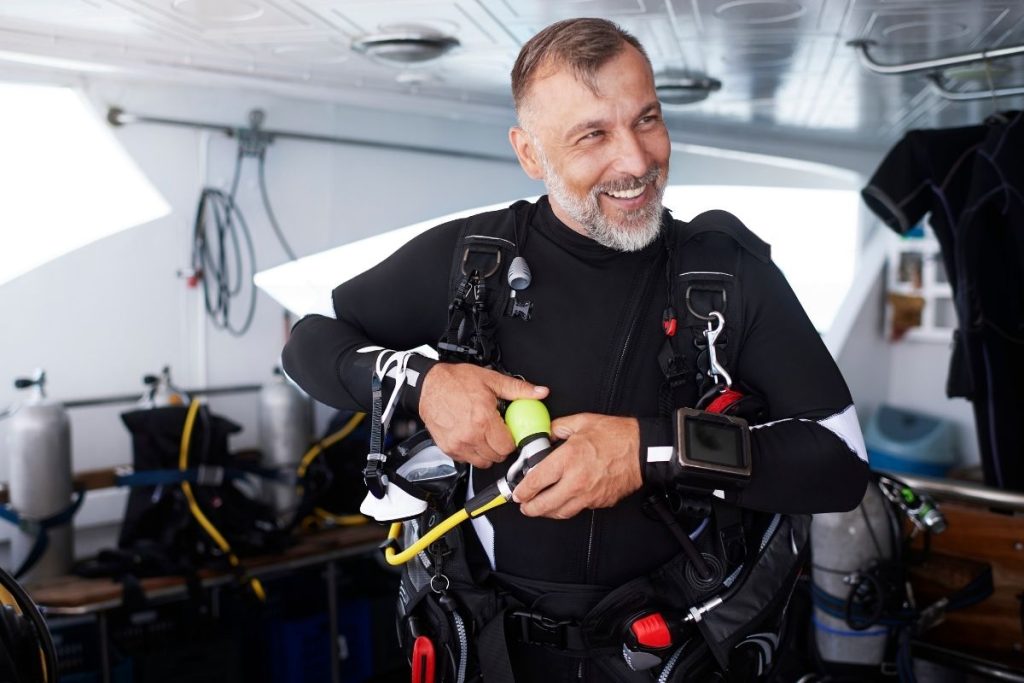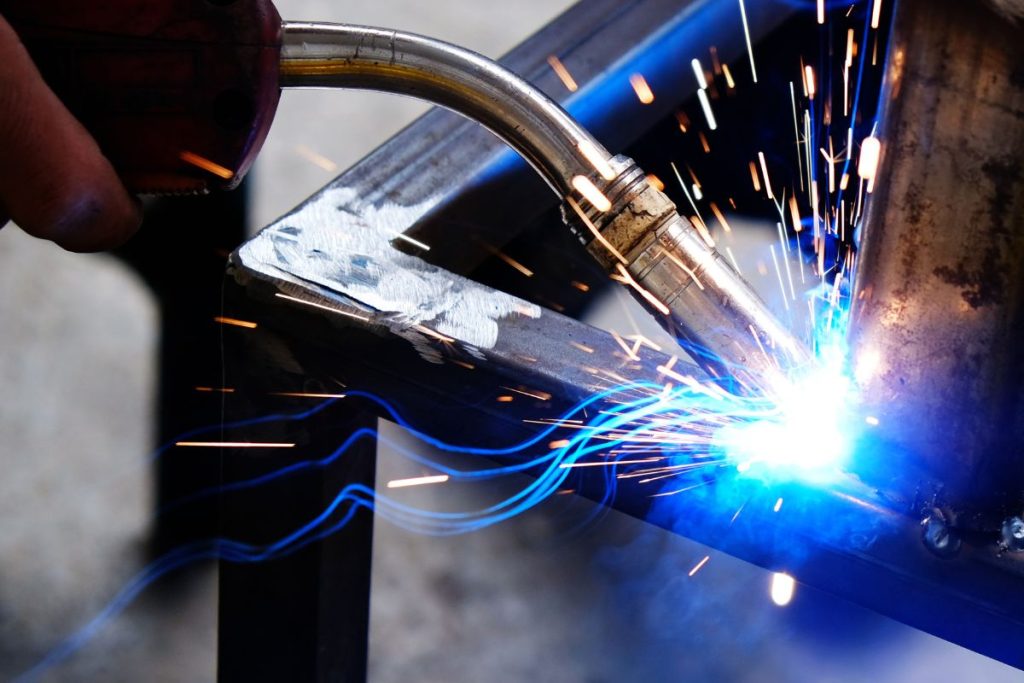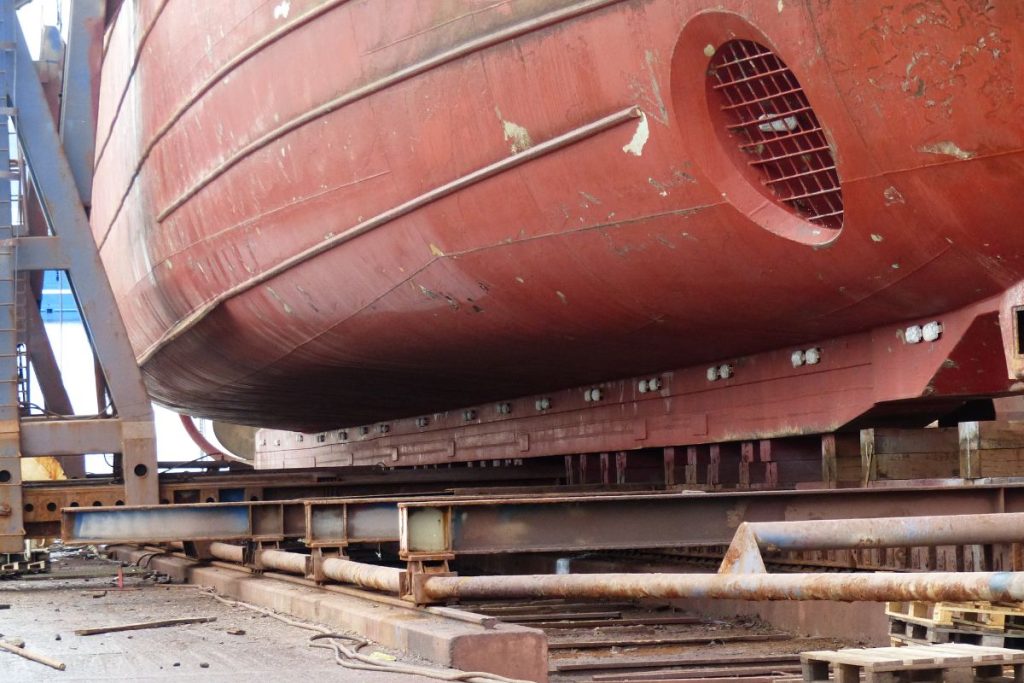
If you’re considering buying a boat or are new to vessel ownership, it’s important to be aware of the unique maintenance challenges that come with keeping a boat seaworthy—especially those that occur below the waterline. Underwater welding is a critical part of marine maintenance, allowing for repairs and reinforcements without the need for costly dry-docking.
What Is Underwater Welding?
Underwater welding, officially known as hyperbaric welding, is a specialized process that involves performing welds at elevated pressures beneath the water’s surface. It’s a vital skill for maintaining ships, offshore structures, and pipelines.
How Does Underwater Welding Work?
Underwater welders use specially designed electric arc welding rods to deliver precise currents to repair areas. Shielding gases are used to prevent oxygen from disrupting the weld, as oxygen can cause cracks and weak spots.

Common Underwater Maintenance Issues
The underwater parts of your boat face constant wear and tear. Here are the most common maintenance issues to watch for:
- Corrosion and Erosion: Saltwater is tough on steel hulls, propellers, and underwater fittings, leading to rust and metal loss over time. Boats need preventative corrosion protection and inhibitors before it gets to a problem that needs welding.
- Cracks and Leaks: Impacts, groundings, or long-term stress can cause cracks in hulls or weld seams that need immediate attention to prevent water ingress.
- Loose or Damaged Fittings: Items like anodes, rudders, and sea chests can become loose or damaged, often requiring underwater intervention.
What Underwater Welding Techniques Are Used?
Underwater welding enables emergency repairs on ships, pipelines, and offshore rigs—often more cost-effective than hauling equipment to dry land. Diving bells (hyperbaric chambers) sometimes allow welders to work in dry-like conditions, though they are expensive and not always suitable. There are two main underwater welding techniques:
- Wet welding: Performed directly in the water, this method is fast and flexible, but exposes the weld to contaminants and rapid cooling, which can compromise strength and longevity.
- Dry (hyperbaric) welding: Involves creating a dry, pressurised habitat around the work area, enabling higher-quality welds but requiring more setup and cost.
Both methods demand specialised training and equipment. Welders must adapt their skills for reduced visibility, buoyancy, and the unique physics of working at depth. Even experienced topside welders often need additional training to succeed underwater.

Key Technical and Safety Challenges
When welding underwater, the environment introduces a range of technical and safety challenges that aren’t present in topside work. Before starting any project below the surface, it’s important to be aware of the most critical risks you’ll face, including:
- Rapid cooling: Cold water causes welds to solidify quickly, increasing the risk of cracking and weak joints.
- Electric shock: Specially insulated suits and tools are essential to minimise risk.
- Drowning and equipment failure: The leading causes of underwater welding fatalities are not just electrical hazards but also loss of air supply and equipment malfunction.
Modern safety standards and purpose-built consumables have improved outcomes, but the job remains hazardous and demands the highest quality materials and preparation.
Essential Underwater Welding Supplies for Boat Maintenance
If you want to be prepared for underwater repairs—or simply want to understand what a professional will use—here’s what matters most:
- Marine-Grade Welding Electrodes: Specially coated to work underwater and resist rapid cooling, these are essential for strong, reliable welds.
- Waterproof Welding Machines: Designed for safe operation in wet environments, with direct current (DC) and surface-controlled switches.
- Protective Gear: A proper welding helmet (with adjustable shade) and diving equipment are crucial for safety and visibility underwater.
- Cold Repair Compounds: For situations where welding isn’t possible or safe, these compounds can temporarily seal leaks or cracks until a permanent repair is made.
- Moisture-Proof Storage: Keeping electrodes and rods dry is vital, as moisture can weaken welds and cause equipment failure.

Practical Tips for Offshore Welders
Working underwater presents unique challenges that demand strict attention to safety, equipment reliability, and material quality. Even experienced welders can encounter unexpected complications below the surface, where conditions are harsher and the margin for error is slim. That’s why we recommend to:
- Always use certified consumables designed for underwater use.
- Store electrodes and rods in moisture-proof containers to prevent degradation.
- Check equipment regularly for insulation and integrity before every dive.
- Consult with supply experts to ensure you have the right materials for your specific project and environment.
Following best practices not only protects you and your crew but also ensures the durability and effectiveness of every repair.
Ready to Stock Up on Boat Welding Supplies?
Using the right underwater welding supplies and techniques ensures repairs are safe, effective, and long-lasting—even in the harshest marine environments. Investing in quality materials and professional expertise can prevent bigger problems down the line and keep your vessel in top condition.
Browse our full range of Unitor welding and brazing products online or contact our team for expert advice on the best solutions for your vessel or rig. We deliver directly to your port or agent, ensuring you’re always prepared for the next job.